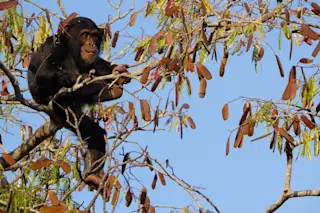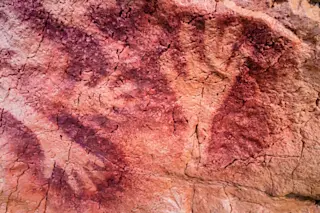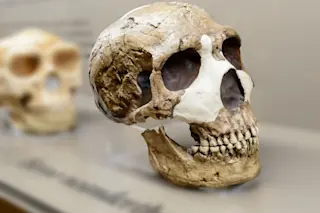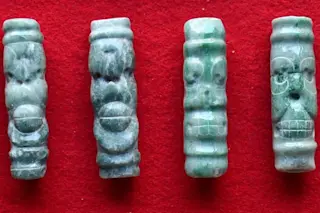The earliest modern humans are thought to have emerged in Africa some 300,000 years ago. However, the fossil record reveals that there were numerous attempts and false starts. For example, 180,000-year-old Homo sapien bones have been found in Israel. It was not until some 50,000 years ago that a band of humans made the crossing into Eurasia and established a permanent presence, eventually settling in areas as diverse as the mountains of Nepal and the rainforests of Malaysia. It is from this intrepid troupe of prehistoric explorers that all non-Africans descend from.
But why did this particular group succeed when all others before them had failed? Researchers writing in Nature attribute their triumph to tens of thousands of years of learning how to live in and exploit different habitats within Africa.
“Unlike previous humans dispersing out of Africa, those human groups moving into Eurasia after approximately [60,000 years] to [50,000] ...












